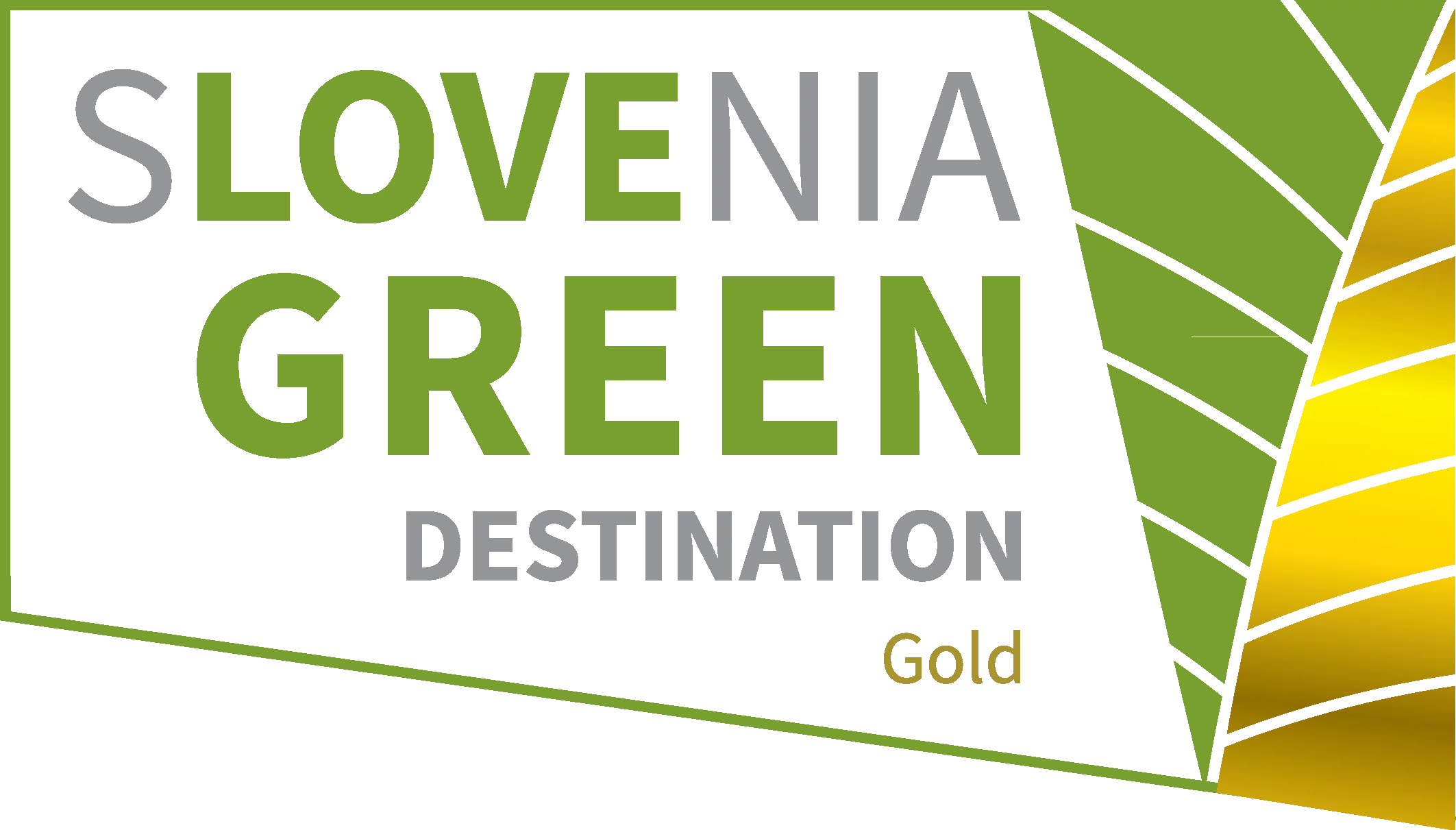Sečovlje Salina Nature Park (KPSS) is a magical piece of nature in Slovenian Istria, where rich natural heritage intertwines with a 700-year tradition of salt production. A walk among the salt pans reveals a unique world – more than 300 bird species, rare plants, and traditional salt-worker houses that evoke a feeling of timelessness.
Visitors can explore the park on foot or by bike, enjoying peace, scenic views, and nature observation. For a deeper experience, guided tours and a salt-making museum are also available.
If you’re looking for a unique nature retreat, where history is written with salt and wind – KPSS is the perfect choice.
Location:
Opening Hours:
Lera: From June 1 to August 31: (7:00 AM – 9:00 PM)
Fontanigge: From June 1 to August 31: (9:00 AM – 8:00 PM)
Salt-making Museum open until 7:00 PM
Two Sides of the Salt Story: Lera and Fontanigge
KPSS is divided into two parts: Lera and Fontanigge, each with its own story and character. They are separated by the Drnica stream.
Lera is still an active salt-making area, where salt is produced in separate basins for concentration and crystallization. Salt workers use traditional methods and special tools, and cultivate petola, a natural biosediment at the bottom of the fields that helps purify the salt. Lera is the most accessible area for visitors, with maintained walking paths, informational boards, a visitor center, and a salt shop. It is ideal for cyclists, walkers, and nature lovers.
Fontanigge is an area of abandoned salt pans, where nature is slowly reclaiming control. The basins are overgrown with halophytes, and old salt worker houses stand between the channels. The Salt-making Museum is located here, where salt is still produced using a 14th-century medieval method. Although large-scale production no longer takes place, the basins are still used to concentrate seawater. Fontanigge is a valuable natural refuge, especially for migratory birds and rare species. Due to the sensitive nature of the area, access is only allowed on foot or with a guide.
Together, Lera and Fontanigge present a complete picture: the life, work, and nature of the salt pans from history to the present day.
Salt-making Museum
Salt-making Museum in the Sečovlje Salina Nature Park is a true experience of tradition and nature.
It is located in the restored salt-workers’ settlement of Fontanigge, where you can visit four salt-worker houses – former homes and salt warehouses. Inside, you’ll find exhibitions of objects, tools, photographs, and stories that depict the life of salt workers. In front of the houses is a restored salt pan, where they still demonstrate the traditional method of salt production.
The museum offers insight into a craft over 700 years old, in an authentic environment, including a bread oven, and has been awarded the European Europa Nostra prize.
The visit is possible on foot or by bicycle and is especially recommended with a guide, who explains the significance of salt-making for culture and the environment.
Take a Walk Through the Sečovlje Salina Nature Park
Outdoor Wellness in the Heart of the Sečovlje Salt Pans
In the heart of nature, right next to the salt pans in the Lera area, lies the unique Thalasso Spa Lepa Vida – a natural open-air spa. Visitors can enjoy brine baths, salt mud wraps, and massages that draw their strength from the local environment. All services are based on the principles of thalassotherapy, where sea, salt, and air create a healing harmony. The spa offers relaxation with views of the salt pans – a perfect connection between physical balance and natural heritage.
